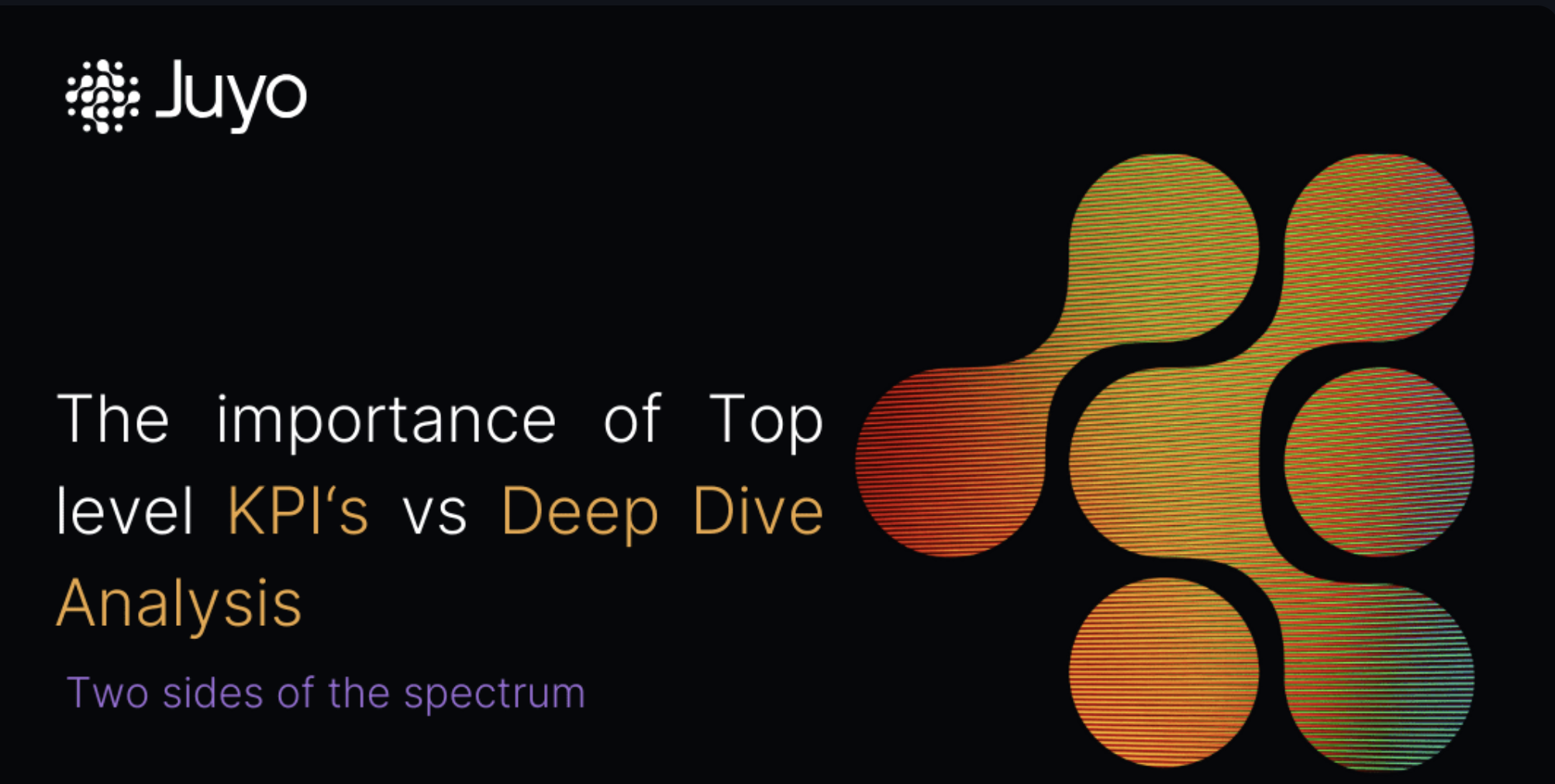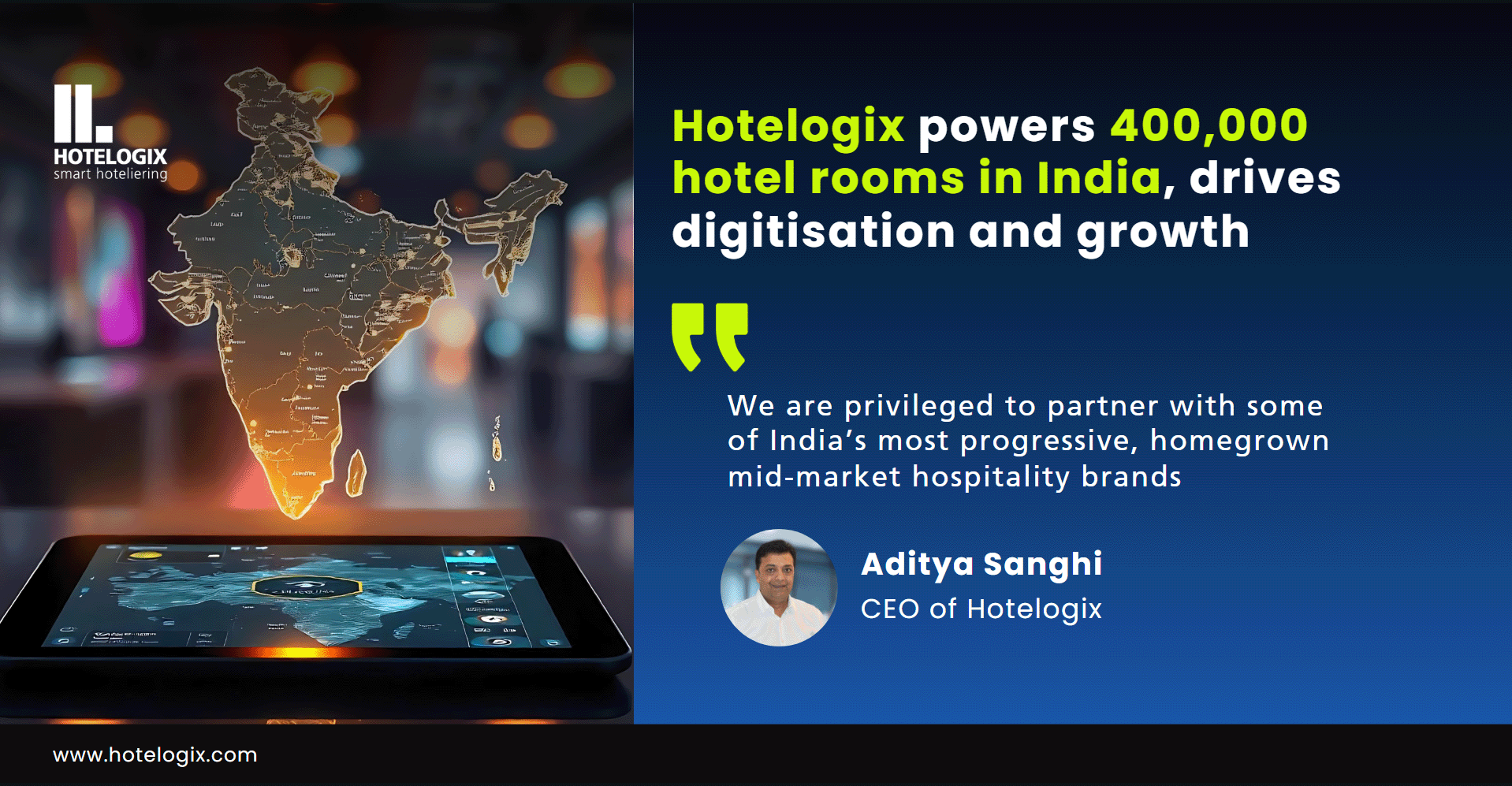

In the ever-evolving field of Hospitality Business
Strategy, the role of data-driven decision-making has become essential for
achieving sustained success. On one hand, there are high-level Key Performance
Indicators (KPIs), and on the other, in-depth analytical insights. Although
these two elements differ in their scope and approach, they both play critical
roles in shaping strategic decisions and driving business growth.
High-Level KPIs:
High-level KPIs function as a broad guiding tool for the
overall direction of a business strategy. These are carefully chosen metrics
that are directly aligned with a hotel’s primary goals and objectives, offering
a clear and concise overview of its performance. For example, metrics like
total revenue per customer or customer acquisition costs provide immediate
visibility into a hotel's financial health and customer engagement. These
high-level indicators are effective for executive teams as they deliver quick
insights, allowing them to assess performance without getting bogged down in
complex operational data. Their simplicity ensures that leaders can make
timely, informed decisions that align with long-term strategic objectives.
In-Depth Analytics:
On the other hand, while top-level KPIs give a broad
perspective, deep-dive analytics provide the detailed analysis required to
understand the "why" and "how" behind the numbers. This
involves examining data from multiple angles—segmentation, cross-filtering, and
trend analysis—to uncover patterns, correlations, and causal factors that
influence business outcomes. In this context, deep-dive analytics helps provide
clarity on issues that are not immediately apparent through KPIs alone. For
instance, if a KPI reveals a drop in loyalty program stays, deep-dive analysis
could uncover specific factors like changes in marketing channels or lower
satisfaction scores among loyalty members. Such granular insights are
invaluable for operational teams and middle management, as they can tailor
their strategies and interventions more precisely to address the root causes.
Achieving Synergy and Balance:
The true power lies in the synergy between top-level KPIs
and detailed analytics. While KPIs set a clear strategic focus, deep-dive
analytics offer the depth of understanding needed to refine and execute
tactical plans effectively. For a hotel to thrive, it must strike a balance
between these two approaches. Relying too heavily on KPIs may result in a
superficial understanding of performance, leading to missed opportunities or
undetected problems. On the other hand, an overemphasis on in-depth analytics
could lead to data overload, causing teams to lose sight of the bigger picture
and slow down decision-making. The most successful organizations will integrate
both high-level metrics and detailed analysis to create a well-rounded strategy
that drives growth and adapts to ever-changing market conditions.
In conclusion, both top-level KPIs and deep-dive
analytics are essential components of a robust hospitality strategy. When used
together effectively, they provide a comprehensive view of business
performance—empowering leaders to make both strategic and operational decisions
with precision and agility.







